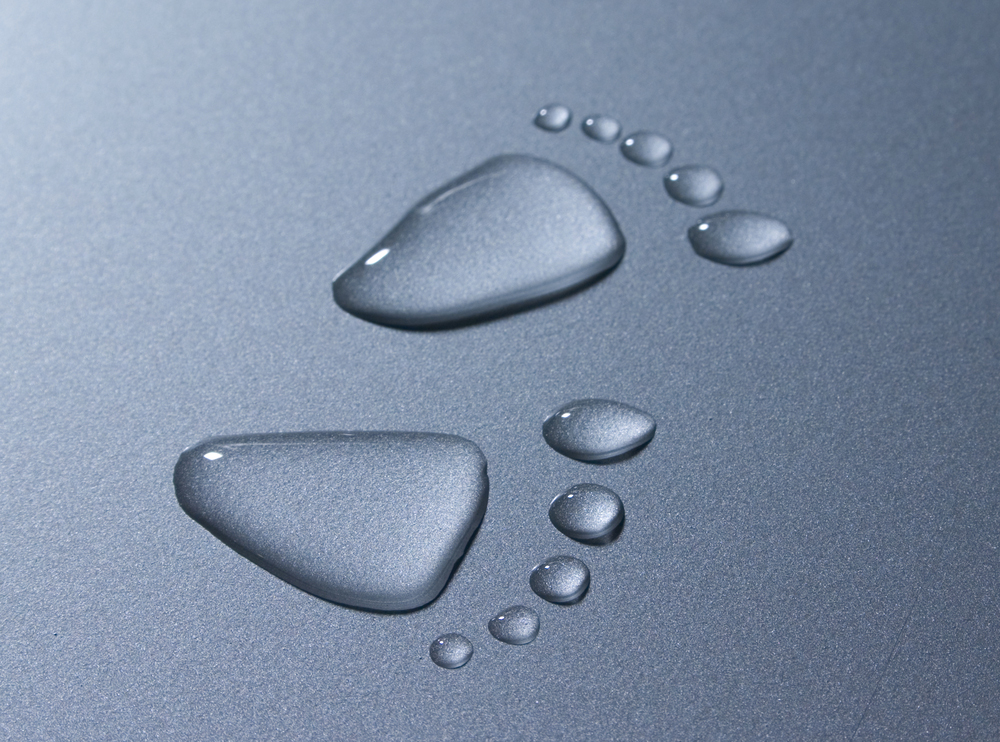The ongoing issue of water shortages taking place throughout the country right now is not a new challenge. Population growth has increased faster than many municipalities’ ability to grow their water delivery and sewer infrastructure.
Regardless of your political views or opinions on global warming or climate change, there are climate patterns that have happened in the past and will continue to happen in the future that will result in greater severities, dryer conditions in some areas, and wetter conditions in others.
The nation’s water supply is not unlimited. In fact, the amount of water available today will still be the same 100 years from now. Our challenge as an industry is this: How do we use it as efficiently as possible?
First, one must look at the value of water itself. When we spend 300 times more on bottled water per gallon than a gallon of the water we use in our homes, where is its value? Do we not take water availability for granted? Do people not just assume that the water will come out of the faucet when they turn it on each morning? What would happen if it didn’t?
The Big Question
How can we promote the efficient use of irrigation and be proactive before it’s too late? As I travel throughout the country participating in conferences and panel discussions, I often wonder how we can get the message of water efficiency and its importance out there to all who don’t choose to participate in the discussion.
Perhaps they feel it’s not their problem, or that someone else will solve the problem for them. It’s the same group that’s probably out there allowing our industry to now have a target on its back due to the overuse of water in the landscape.
I challenge anyone to drive through their community in the morning on the way to work and tell me that they don’t see water running in the gutter in their neighborhood because someone forgot to adjust their irrigation controller.
Whose responsibility is it to encourage people to change their habits? Will technology, alone, solve these problems? I think technology is part of the solution, but not the only answer.
There’s also a lot of attention focused on reducing the use of turfgrass in the landscape due to the trend of its overwatering. My answer to that is that “plants don’t waste water, people do.” Properly trained irrigation professionals are a big part of the answer, and creating the demand for their services is crucial to the long-term survival of our industry.
Will the irrigation industry take a leadership role in the discussion of water efficiency, or let someone else? While there are many questions, I believe that we, as an industry, have the answers.




